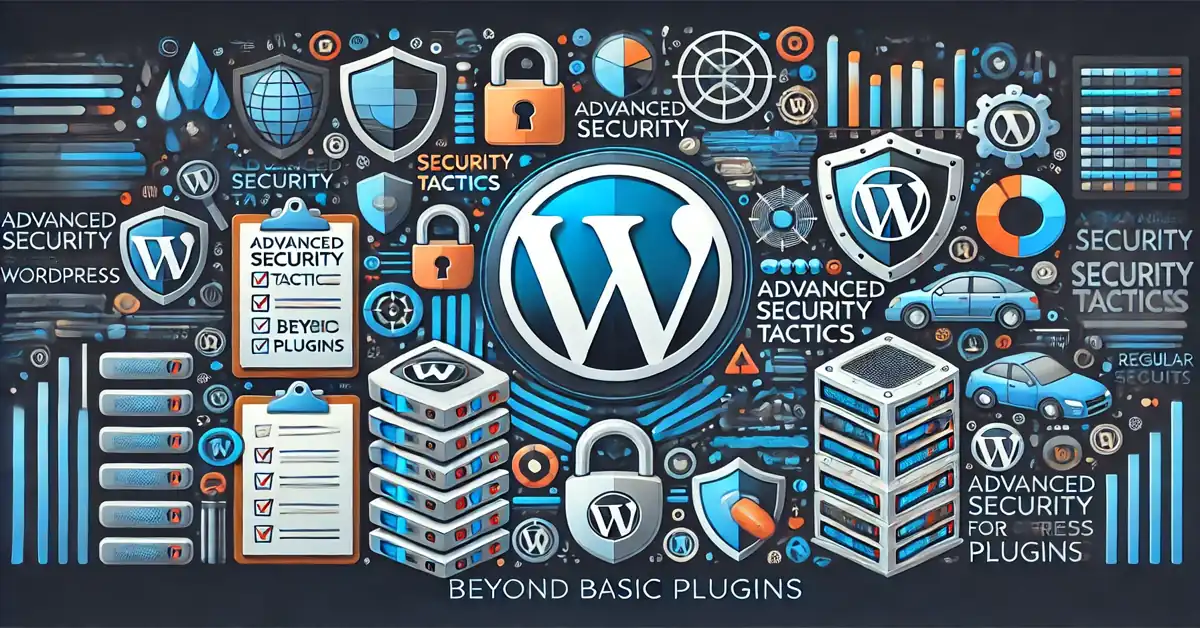Invest in secure hosting, use a web application firewall, conduct a security audit once a month, and reevaluate your access permissions.
WordPress hardening methods
More and more platforms are resorting to zero-trust architecture, which minimizes website entry points. Source themes and plugins from WordPress.org or a well-known third party.
Keep your operating system and software current, especially your browser. Disable Flash or Java and use a no-script tool to block scripts and keep your OS safe.
Older WordPress versions don’t undergo security updates, so always use the latest version of the content management system. It is available at WordPress.org. Do not use any other site to download or install WordPress.
There have been automatic updates since version 3.7. Use this function to alleviate the process of staying up-to-date.
Often, your hosting environment is a good place to start. One component of secure WordPress hosting are recent and stable software versions. A reliable WordPress host will also provide reliable backup and recovery methods.
That said, the host is mainly concerned with their infrastructure and is not responsible for any apps or software you install.
The risks of shared hosting
Most inexperienced users opt for shared hosting plans as they are the most affordable. In this setup, they share the server resources with many other users, and the risk of cross-site contamination is very real. Hackers can use another site on the server to gain access and attack yours.
One WordPress website is attacked every 22 minutes. Experts estimate that around 13,000 are hacked every day. This comes to 390,000 per month and an astounding 4.7 million annually.
A managed WordPress hosting provider makes a more secure platform available. These providers offer automatic updates and backups and other advanced server-level security configurations. You can avail of these protections as long as you don’t choose managed shared hosting, a rare service that isn’t much better than unmanaged shared hosting.
With approximately one million active installations, Sucuri is one of the most-used security plugins in the official WordPress directory. Go to the “Hardening” tab under Sucuri Security » Settings and activate the sufficiently reliable default settings by clicking on “Apply Hardening” for each option.
Use a Web Application Firewall
Using a WAF is the easiest way to ensure adequate protection for your WordPress site. In 2024, 45% of organizations that suffered a security breach said a WAF could have prevented it. A WAF blocks malware before it reaches your site.
The traffic to your site is routed through a DNS-level firewall’s cloud proxy servers, which filter it to ensure only harmless traffic goes to the server.
An application-level firewall filters the traffic before loading most WordPress scripts, but after it reaches your server. This method is less effective in reducing the load on the server than the DNS firewall.
Conduct a security audit once a month
In 2024, there are an estimated 100 million strains of malware, 1.2 billion malware programs, and 150 million new programs. Cybercriminals are mainly looking for vulnerable plugins, which account for the majority of attack vectors. Some plugins scan websites every day. Look for one that performs scans using its own servers because if it uses yours, it can slow your site down. The BlogVault backup plugin will perform a full backup automatically.
Evaluate permissions
WordPress’s user roles are Super Admin, Administrator, Editor, Contributor, Author, and Subscriber. Up to 40% of small site users can have administrative roles, but having more than two administrators is very risky. Up to 15% of users of larger, content-driven sites can be editors. As many as a quarter of all users can be blog authors. They post and edit publications but have no access to other settings.
The contributor status is ideal for content writers or guest bloggers, making up 15% of users of collaborative sites on average.
FAQ
How to harden a WordPress site?
- Limit login attempts
- Enable two-factor authentication
- Set alerts for suspicious WordPress logins
- Keep plugins updated.
How do I protect my WordPress site from spam?
A ReCAPTCHA plugin will protect your web forms from spam.









